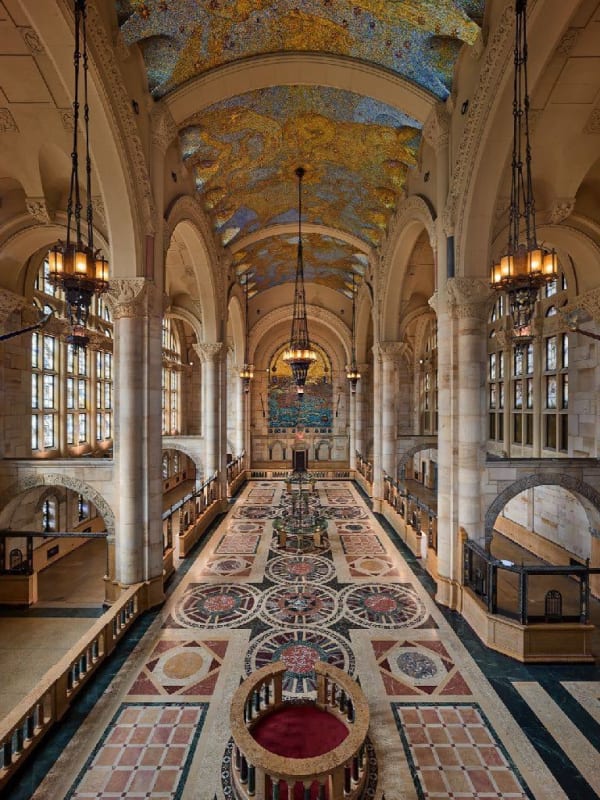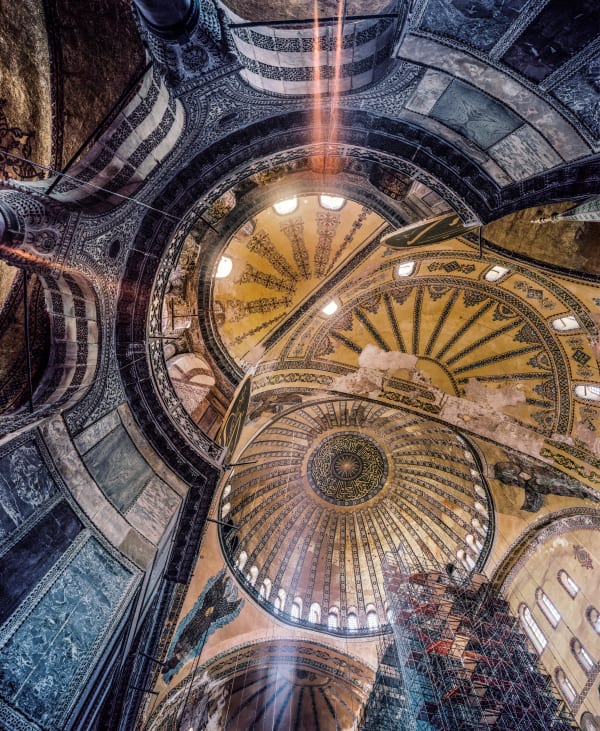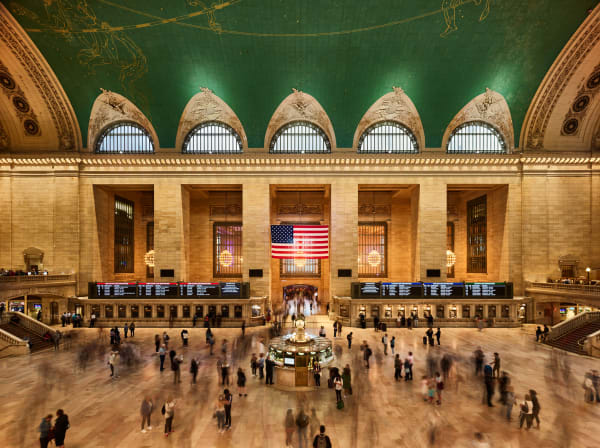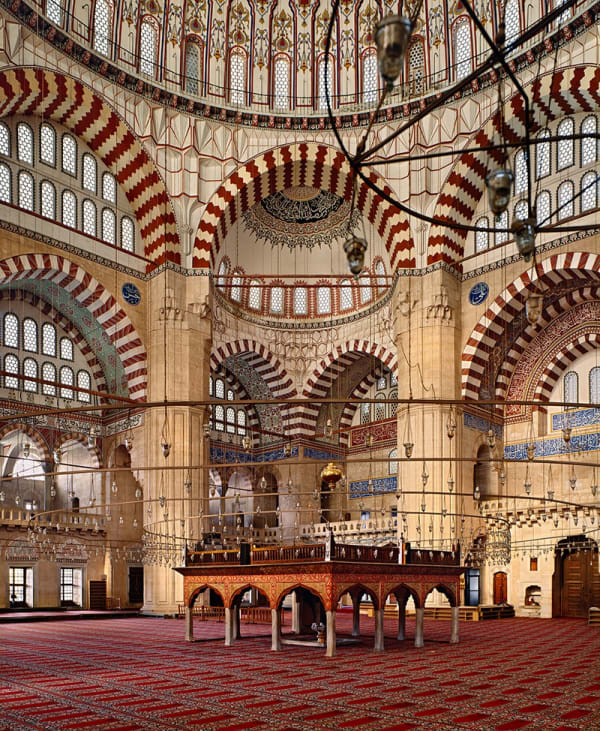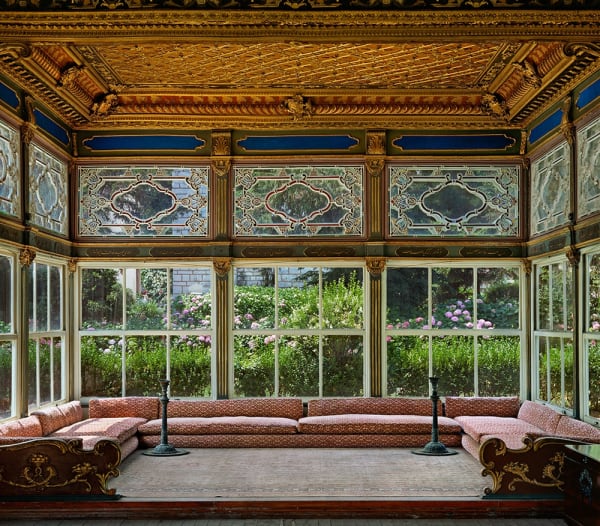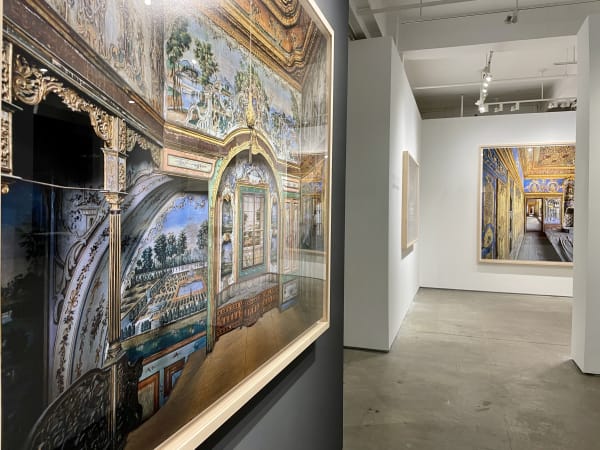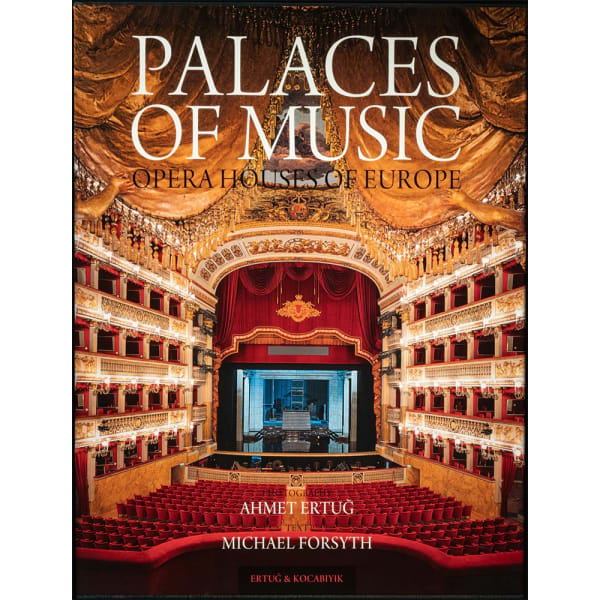Ahmet Ertuğ, born in Istanbul in 1949, first began his career as an architect, after studying architecture at the Architectural Association School of Architecture in London, from 1969 to 1974. A passion for Japanese culture, specifically photography, set Ertuğ on a fortuitous path after graduation. During the beginning of his photographic practice, Ertuğ had an exhibition of large scale black and white images of Iranian architecture. Japanese film director and photographer Banri Namikawa saw the show and became friendly with Ertuğ, which lead him to recommend Ertuğ for a fellowship with The Japan Foundation.
Ertuğ was awarded the fellowship with The Japan Foundation in 1978, and spent the next year performing research on the traditional architecture of Japan. Ertuğ traveled extensively throughout the country, and photographed ancient temples, Zen gardens, and traditional festivals. While in Japan, Ertuğ was influenced by legendary photographer and publisher Yukio Futagawa. Futagawa’s large format books made a lasting impression on Ertuğ, and influenced the artist to not only publish his own large format books on architecture, but also to begin working with large format cameras.
After his year abroad, Ertuğ returned to Istanbul and became a consultant for the Ministry of Culture and Tourism. His knowledge about the historical quarters of the city inspired him to photograph the architecture and art of the Byzantine, Ottoman, and Roman Empires. The artist began with bodies of work capturing famous monuments in İstanbul, such as the Suleymans mosque by Sinan and the Topkapı Palace. Inspired by these projects, and blending his formal education and experiences in Asia, Ertuğ decided to pursue photography and publishing full time. The artist founded his own publishing house in the 1980s, and published thirty art books on Byzantine, Ottoman, Hellenistic-Roman, and Asian art.
For his fine art photographic practice, Ertuğ focuses on well-known and beloved buildings and monuments from across the globe. From the Hall of Mirrors at Versailles to the Hagia Sophia mosque in Istanbul, and from Trinity College Library in Dublin to St. Peter’s Basilica in Vatican City, Ertuğ has gained unprecedented access to renowned examples of architecture, art, and worship. By using large format cameras, long exposure techniques, and the eye of a formally trained architect, Ertuğ is able to beautifully capture both the scale and intimate details of each venue. Each image is composed with rich tonalities that echo an Old World aesthetic, which the artist attributes to his Byzance heritage. The achievement of each work sits firmly in its ability to immediately transfix and transport the viewer to another place and moment in time.
Ertuğ has had many solo exhibitions on the international stage, exhibiting with the United Nations Educational, Scientific, and Cultural Organization, as well as at Couvent des Cordelier and La Conciergerie in Paris, as well as the Ephesos Museum in the Kunst Historiche Museum in Vienna. Photographs of Buddhist sculptures were exhibited at Musée Guimet, and were also published in a book dubbed the most beautiful book of the year (2004) by Le Monde. Ertuğ was also invited by the director of the Hermitage Museum in St. Petersburg to photograph the building, and a resultant book was published on the institution’s 250th anniversary. Additionally, Ertuğ photographed Leonardo da Vinci's The Last Supper, and exhibited a full-scale triptych in 2019 at the Union League Club in New York. Ertuğ lives and works in Istanbul.
-

Summer Glow
11 Jul - 7 Sep 2024In photography, light is the medium’s essence, shaping each photograph’s composition, mood, texture, and depth. During the long days of summer, light evolves from the soft, diffused glow of the...Read more -

Ahmet Ertuğ
Edifice as Artifact 14 Jul - 17 Sep 2022 Gallery ExhibitionsBruce Silverstein Gallery is pleased to present Edifice as Artifact, an exhibition focusing on the monumental, large-scale color photographs of Turkish artist Ahmet Ertuğ . A trained architect and a...Read more
-
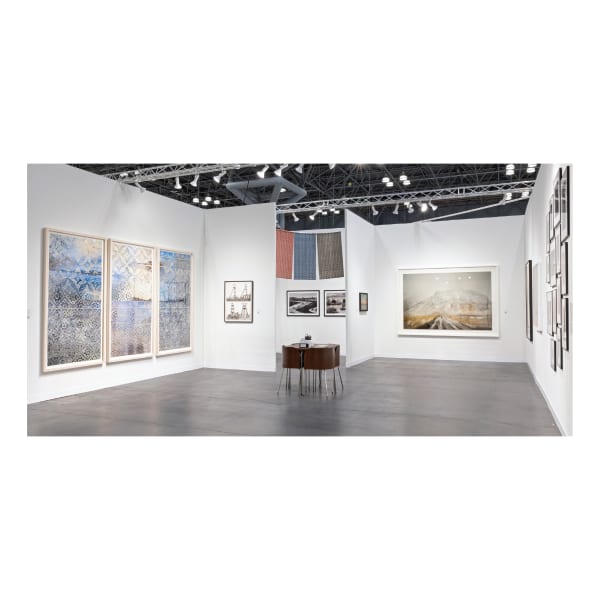
THE ARMORY SHOW 2023
8 - 10 Sep 2023For The Armory Show 2023, Bruce Silverstein Gallery will present photographic and mixed media works with a predominant focus on the Native diaspora, featuring works...Read more -
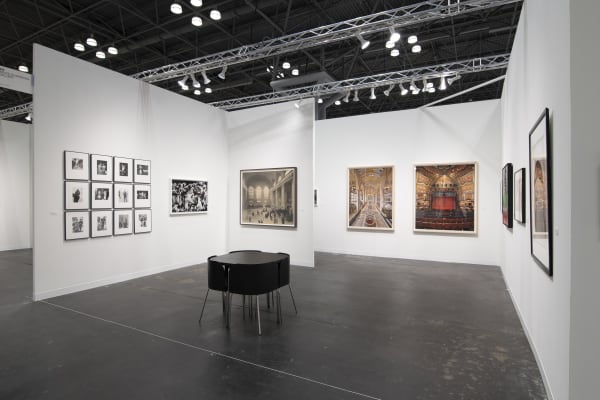
THE ARMORY SHOW 2021
9 - 12 Sep 2021For The Armory Show 2021, Bruce Silverstein Gallery will present photographic and painted material focusing on New York from the 1960s to 1980s. The installation...Read more

